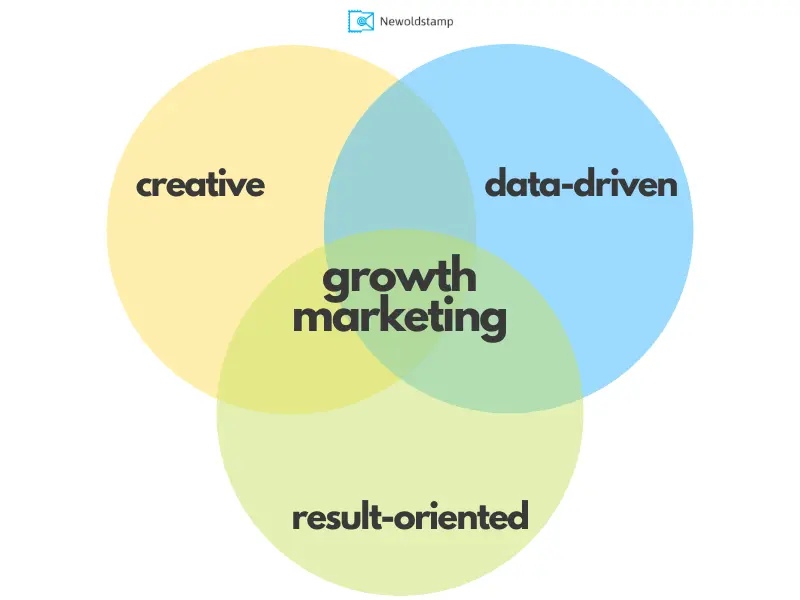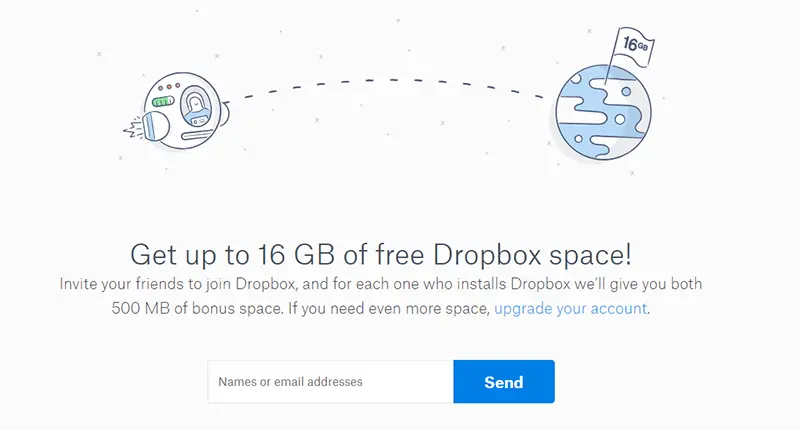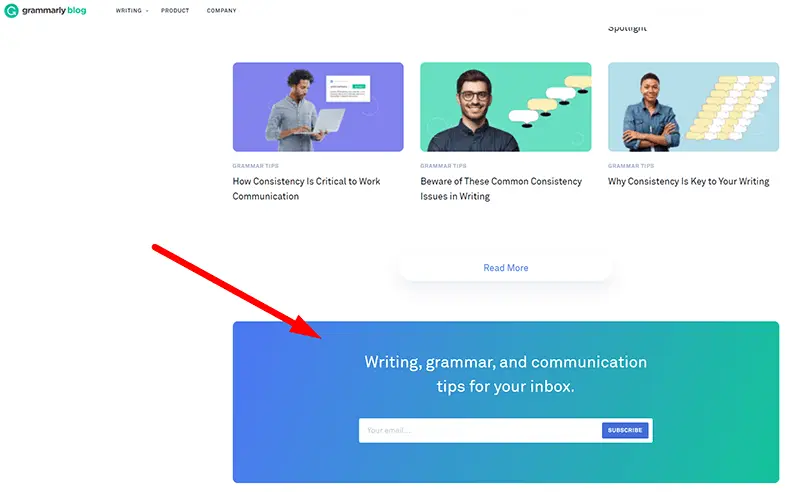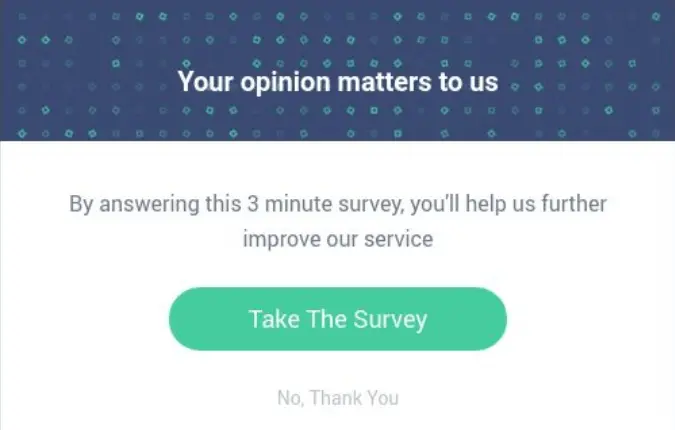The Only Growth Marketing Guide You Need: from Crazy Ideas to Astounding Results
1. What is growth marketing?
2. How is it different from traditional marketing?
3. The definitive features of a growth marketing plan
4. Where to aim growth marketing campaigns?
Useful tools:
1. Newoldstamp - Email signature marketing
2. Mailchimp - Email builder and sender
3. Hubspot Email Marketing - Marketing automation platform
4. MailerLite - Landing page builder
5. Canva - Online tool for making designs
The term “growth hacking” was coined by Dropbox marketer Sean Ellis. That is how he described the process of turning small startups into large projects. Basically, growth hacking is a series of quick marketing experiments looking for the perfect option to grow a business.
Many marketers use the terms “growth hacking” and “growth marketing” interchangeably. Although they mostly include the same basic working principles, growth marketing is the broader concept. Let’s talk about it in more detail.
What is growth marketing?
Growth marketing is an evolutionary form of marketing that uses experiments and tests to find the ideal way to grow a business.
How is growth marketing different from traditional marketing?
While classic marketers often focus on things like product recognition and new user acquisition, growth marketing is more about cross-channel and cross-team interactions, with a lot of focus on each stage of the sales funnel.
The key difference between the classic marketer and the growth marketer is the level of responsibility. While the first type thinks about addressing short-term problems, the second type looks at the sales funnel as a whole. Growth marketers try to do everything for the customer to make a purchase again.

In general, growth marketing is:
- focused on fast results;
- dedicated to all funnel stages;
- about being creative.
You might also like: “How to Implement Account-Based Marketing Into Your Strategy to Get the Most Benefits It Can Grant.”
The definitive features of a growth marketing plan
Most successful growth marketing plans are all about the following things:
Relying on data
Growth marketers realized that they couldn’t just take people at their word. Only numbers and facts can tell you what works and what doesn’t.
Putting product first
It’s impossible to sell a product you don’t like and want yourself. Keep in mind that the goal of growth marketing managers is not to trick customers into buying something they don’t need, but rather to show them as many benefits of a product as possible. When a product meets customers’ needs and desires, they are happy to recommend it to relatives, friends, colleagues, and acquaintances.
Applying maximum creativity
Growth marketers are creative enough to break through obstacles and get more subscribers and customers. Let’s look at Dropbox, for example. They provided users with an extra 500MB of valuable disk space through an easy-to-use referral program.

source: dropbox
In fifteen months, the number of Dropbox users grew to 4 million, from the initial 100K.
Being ready to take risks
Successful growth marketing pros believe that a failed experiment can be even a good thing. In fact, failure is one of the fastest ways to receive valuable information.
Going beyond pure marketing
Ideally, a growth marketer should be able to work with databases, quickly design some creatives, code a bit in their area, etc.
Involving A/B testing
Since growth marketing often relies on crazy ideas, you can’t assume they work just because you like them. Testing is the key to success.
You might also like: “Email Signature Best Practices 2023: Creative Ideas, Beautiful Examples, Design Hints, and Free Tools to Use Now.”
Where to aim growth marketing campaigns?
So, what are some growth marketing best practices, and where should you aim your effort?
Organic or paid traffic generation
One of the major goals of growth marketing managers is boosting traffic. This can be done in various ways. Let’s have a look at organic and paid traffic generation.
When it comes to organic traffic, you need to optimize your content for search engines to get more visitors to the blog. For example, if you sell hammers, you can write about various topics. As a rule, people don’t want to read about hammers’ characteristics. They want you to teach them how they can build a treehouse for their kids. Sometimes, people might not be interested in your product at all. But once they read your blog posts, they realize that they need it.
Paid traffic generation isn’t only about the ability to set perfect and to-the-point ads but also about being creative. For example, you can intentionally make a grammar mistake in your Facebook ad so that people start commenting on how stupid it is, therefore generating engagement, which leads to the ad looking more like an organic post.

source: cnn
You are much more likely to remember this restaurant for this small typo. But the spelling does not affect the taste of pizza, so...
Getting referral links
Aim your growth marketing strategy at getting other resources mention you in their blog posts. Suddenly, you can make an interesting press release that gets viral among news media.
Pumping up conversion rates
All the site users in the world don’t mean much if they aren’t becoming your customers. Here are a few examples of using several growth marketing tactics to increase conversions.
- Convert visitors to sign-ups
For example, if you create great content for your blog, you can use a pop-up to offer people to join your mailing list to receive more valuable content (it can be even the same piece of content but an upgraded one).

source: grammarly
- Convert sign-ups to paid users
Getting website visitors to provide their email addresses to receive something for free is simple. Getting them to spend their money on your product is the harder part. Here you can show testimonials, case studies send emails in response to user activities, provide personal support during trials, offer a demo after the trial activation, limit the features users have access to during a trial period, include your branding on forever free plans, offer a discount at the end of the trial, etc.
- Provoke higher package purchases
Once you turned a visitor or subscriber into a paying customer, you can start thinking about the ways of maximizing the value you get from them. Growth marketing strategies might include conducting customer surveys to find new ideas on adding new features, encouraging users to switch to an annual billing plan, or providing premium service.
Getting new subscribers
To get new subscribers, marketers use different tactics. One of those is a content upgrade. The content upgrade usually looks something like the text “Download our free step-by-step guide that will show you how to grow Instagram followers quickly and for free” appearing within the blog post.
You might also like: “How to Write Eye-Catching Email Newsletter Subject Lines.”
Increasing lifetime value (LTV)
Propose new features or ask what customers want to make them keep paying for longer.

source: convertflow
Decreasing customer acquisition cost (CAC)
Growth marketing can help you get beyond benchmarks. For example, a well-thought-out, creative Facebook ad with a different perspective can help get more people to convert.
Spreading brand awareness
Everything mentioned above can be used to increase brand awareness. Additionally, creating an online signature for email ensures that every message sent reinforces your brand identity and professionalism.
Conclusion
In the past few years, growth marketing has completely changed how marketers work, what they are responsible for, and what KPIs they use. Thanks to the growth approach, marketing is no longer aimed at the top of the funnel. After all, growth is about bringing a user who will stay with a product/service for a long time and, subsequently, become a driver of attracting new users.



